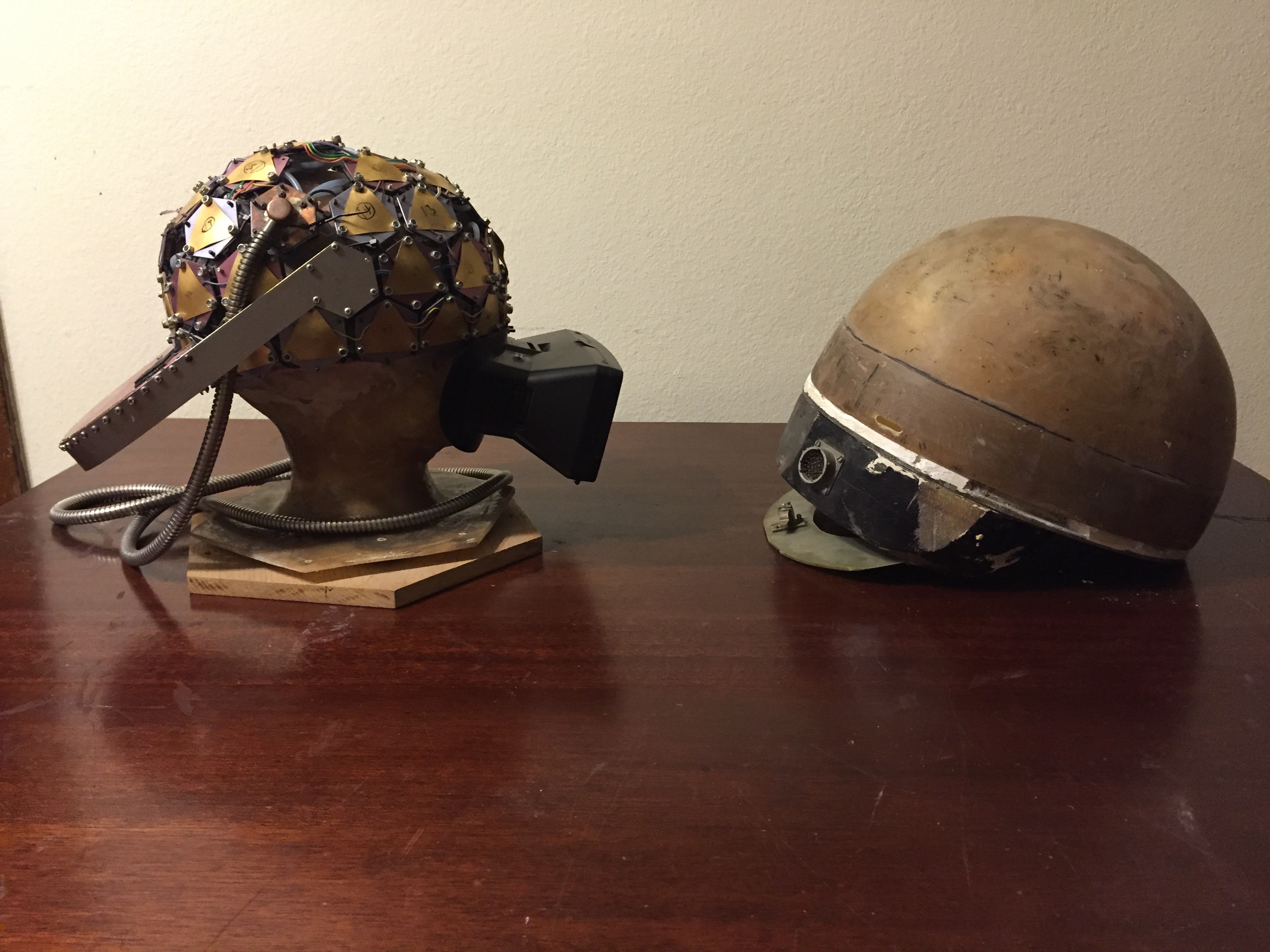If your busy off exploring a virtual reality of some sort with the latest imaging system. Why are you still using hand controls? Would it not be better to just think, and there you are. Is such a thing possible?
How does one go about building and designing a device that can allow one to move in cyberspace without physical movement of the body. Not so as much as a muscle twitch, not a twitch from the furthest toe to the eyes is there a mechanism. There may indeed be movement but it's not related to translation in multidimensional cyberspace.of your avatar. Incidentally, this is not some old worn out algorithm that uses binary modulation of the alpha rhythm for instance.
Cyince or CYbernetic INstrument interfaCE, is a distributed instrumentation system that covers the entire body.
This is going to get a bit confusing here, so let me explain. Answer this simple question.
Why do we have brains?
Why do we have bodies?
Did you answer to the previous question have anything to do with movement?
Personally, I view the study of the EEG without also measuring movement as a waste of time. A complete and total waste of time! Like measuring the amount of force on the steering wheel. Is it under the control of a Grand Pre Driver or a 5 year old, parked in the garage? Without a context, it could be either.
Cyince measures three primary groups of data. Around 350 channels of EEG, A similar number of EMG singnals collected by the body suit, and third a acceleration and rates of rotation, with, as needed, magnetic field readings from every degree of freedom. For a single gloved had that would be 56 channels of data, not including pressure against the surface of the hand. Let's just say 100 channels, per hand, or about 150 channels going all the way to the shoulder..
More complex graphs make up the primary mechanism for displaying the context of the being.
The AI as defined today using Deep Learning networks, uses the EEG and tries to predict, what actually happens as expressed by movement. So, if a thought directed mechanism is possible it will be revealed in the data and it's analysis. "Lot's of math going on there!"
In most brain research involving the EEG, only the EEG is measured. There may be occasional motor cues, as in when you see the red duck on the screen press the green button with your left index finger on left keyboard. Etc.
The instrumentation system is constructed with devices called Tokens. Tokens are interconnected with various membranes that provide various resources like power, fluids, cooling, mechanical support, connectivity, etc. Because they are worn, like clothing, the devices also provide style.
The Mark-96, circa 1996, on the left illustrates some of the concepts. Although significantly lighter than the Mark-70 circa 1970, it is still far to heavy, As it turns out, keeping the instrument light is the single most difficult design challenge.
In the present day Mark-16 7 channels are present for each of the hexagonal shapes as shown in the helmet on the left. All told, that sets the present channel count at approximately 350 for the head.
For matters of economics, the system is partitioned into groups of 7. For each group there is a signal node defined by an Xilinx Artix XC7A35T and a PIC32 MZ processor. Further on down the signal processing chain is a Xynq FPGA running Linux, 802.11 wireless interface, Bluetooth. In all cases the connectivity between the various blocks that make up the system are via the Cyince interface, or via USB3.1-C ports. If a Tunderbolt 3 interface is available the a data rate up to 40 Gb/s may be enjoyed.
 Chuck Glasser
Chuck Glasser
Discussions
Become a Hackaday.io Member
Create an account to leave a comment. Already have an account? Log In.